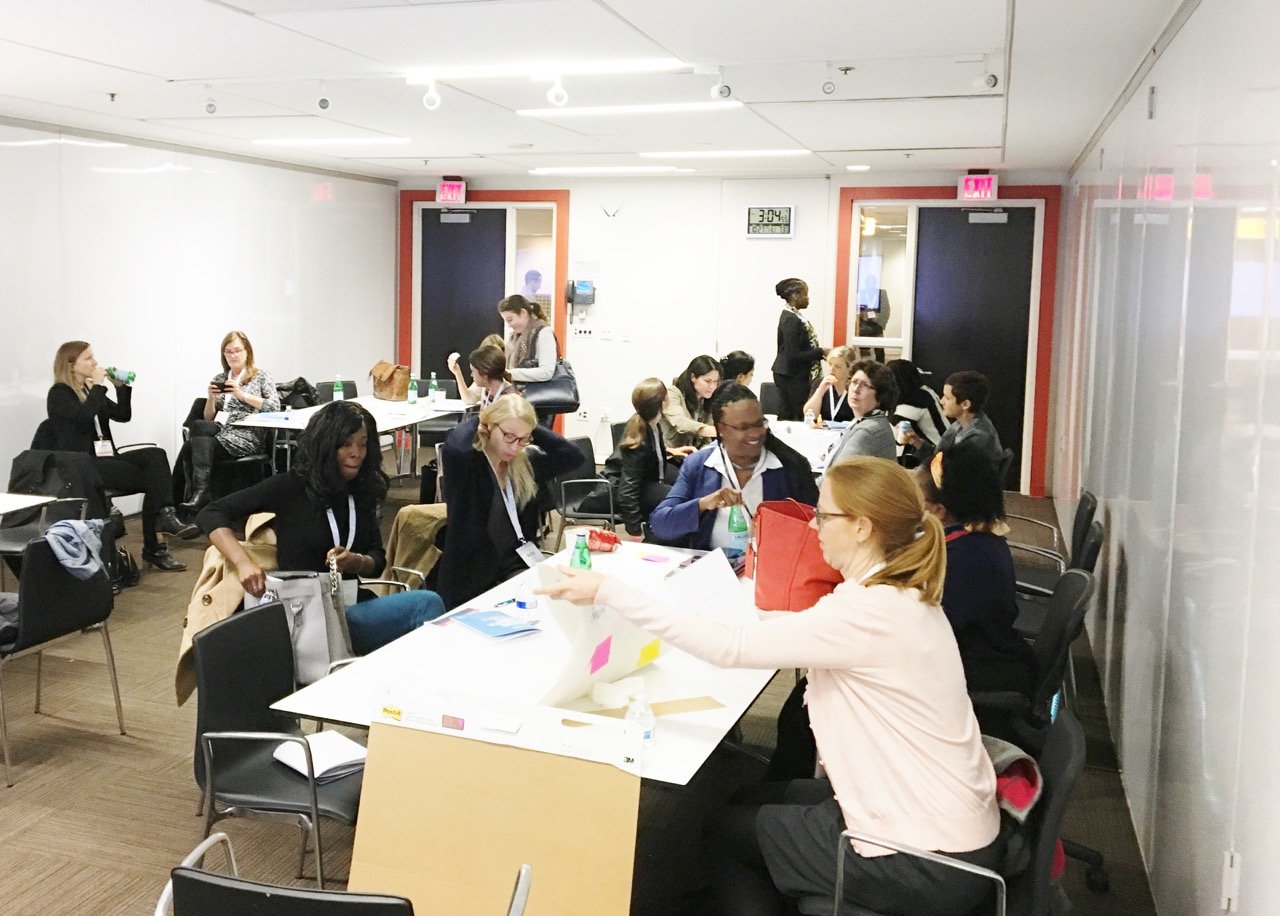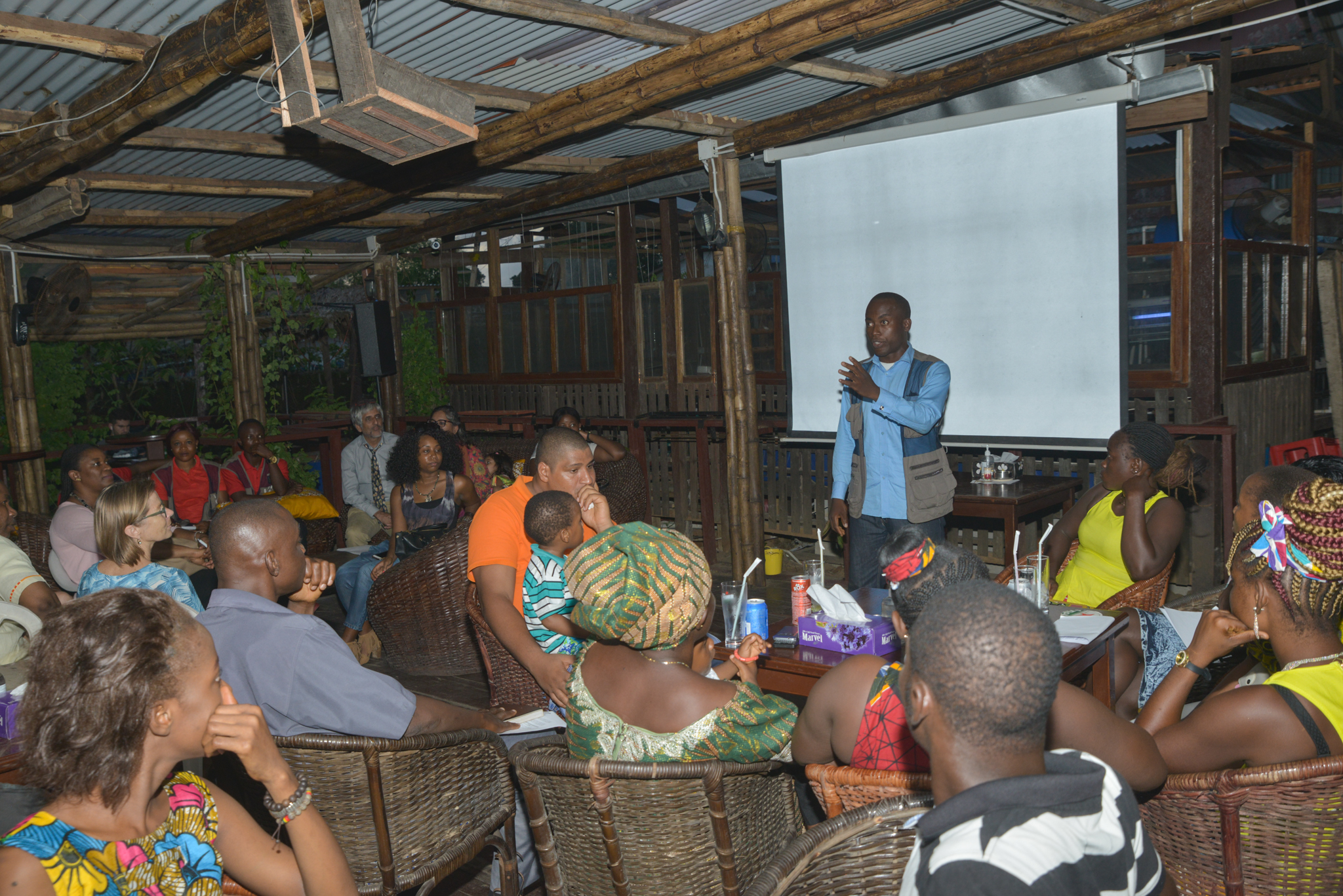NEWS
November 7, 2016

IN BRIEF
By: Anne Sophie Ranjbar, Associate Director of Accountability Lab As a small organization tackling the seemingly abstract issue of accountability, we’ve learned the great power of storytelling. We were excited to lead a “LabStorm” on how storytelling can be used to strengthen feedback loops at the annual Feedback Summit last week. Here’s what we asked and what we learned: Why is it important to communicate about our feedback loops? Feedback loops are at the heart of accountability systems. Fortunately, more and more organizations are recognizing the value of feedback (the number of attendees at the Feedback Summit doubled in size [...]
SHARE
By: Anne Sophie Ranjbar, Associate Director of Accountability Lab
As a small organization tackling the seemingly abstract issue of accountability, we’ve learned the great power of storytelling. We were excited to lead a “LabStorm” on how storytelling can be used to strengthen feedback loops at the annual Feedback Summit last week. Here’s what we asked and what we learned:
Why is it important to communicate about our feedback loops?
Feedback loops are at the heart of accountability systems. Fortunately, more and more organizations are recognizing the value of feedback (the number of attendees at the Feedback Summit doubled in size this year!) and they’re finding creative ways to gather this information (check out all the resources in the Feedback Toolkit). The challenge is effectively communicating that feedback to the appropriate audiences, in order to utilize data and close the loop.
It is also important to not just communicate the results, but tell stories about the entire feedback process. This garners greater understanding and buy-in from participants, donors, and other stakeholders – which in turn supports the continued existence of the feedback loop. For example, read this story about the unique process of building feedback loops within independent school systems.
Who are the audiences to which we should communicate our feedback stories?
Organizations are often focused on sharing feedback stories with donors, but we reached a consensus that our priority audience should really be the people from whom we received the feedback. Since we are gathering sensitive data, we need to make sure that they find value in the process. To start, ask your participants what information they would like to hear back from you and how they would like to receive it. Then make sure you integrate this into your dissemination plan.
Communicating information back to participants in a thoughtful manner takes time and thus can be hard to fit into already tight grant timelines. However, as demonstrated at the Summit, donors are becoming more open to two-way feedback as well. Advocate that if participants feel more respected, they are more likely to stay involved in the program. Furthermore, you can always communicate back to participants by starting small and building it into existing systems. For example, at the end of the Accountability Film School program we support in Liberia, we host a graduation ceremony, where stakeholders at all levels (community, civil society, government, media, and foreign aid representatives) come together to watch the films – and then we facilitate a discussion where the audience asks the filmmakers questions and make public commitments on how to solve the problems addressed in the films.
What are some of the methods and tools we can use to effectively communicate feedback stories?
In lieu of long reports that few people read, make your communication channels fun and interesting for your audience. Some example include:
- Eye-catching infographics that capture your most important and relevant data (there all sorts of free tools for this available online, like Piktochart and Canva);
- A game show-like experience in which you quiz participants on the results;
- Short videos or blogs in which participants themselves can share how they benefited from the feedback loop and encourage others to get involved;
- Social media mining tools like Storify pull out key points from a conversation, or platforms like Insights show how you’re making decisions based on feedback received;
- Local journalists, who can serve as “infomediaries” that are trusted by the public and skilled at connecting information to current events on the public’s mind;
- Radio shows, community meetings, and/or public “Quarterly Impact Calls”, which cater to oral cultures and allow participants to comment and ask questions. For example, an organization in New Orleans set up microphone booths around the city with guiding questions, and then worked with radio stations to produce programs from the recordings.
Ultimately, tools and methods should be selected or designed to 1) fit the context of the local community, 2) integrate into the program in a sustainable way, and 3) build upon existing relationships of trust.
How can you apply these principles in your work? We’d love hear your ideas and feedback!
